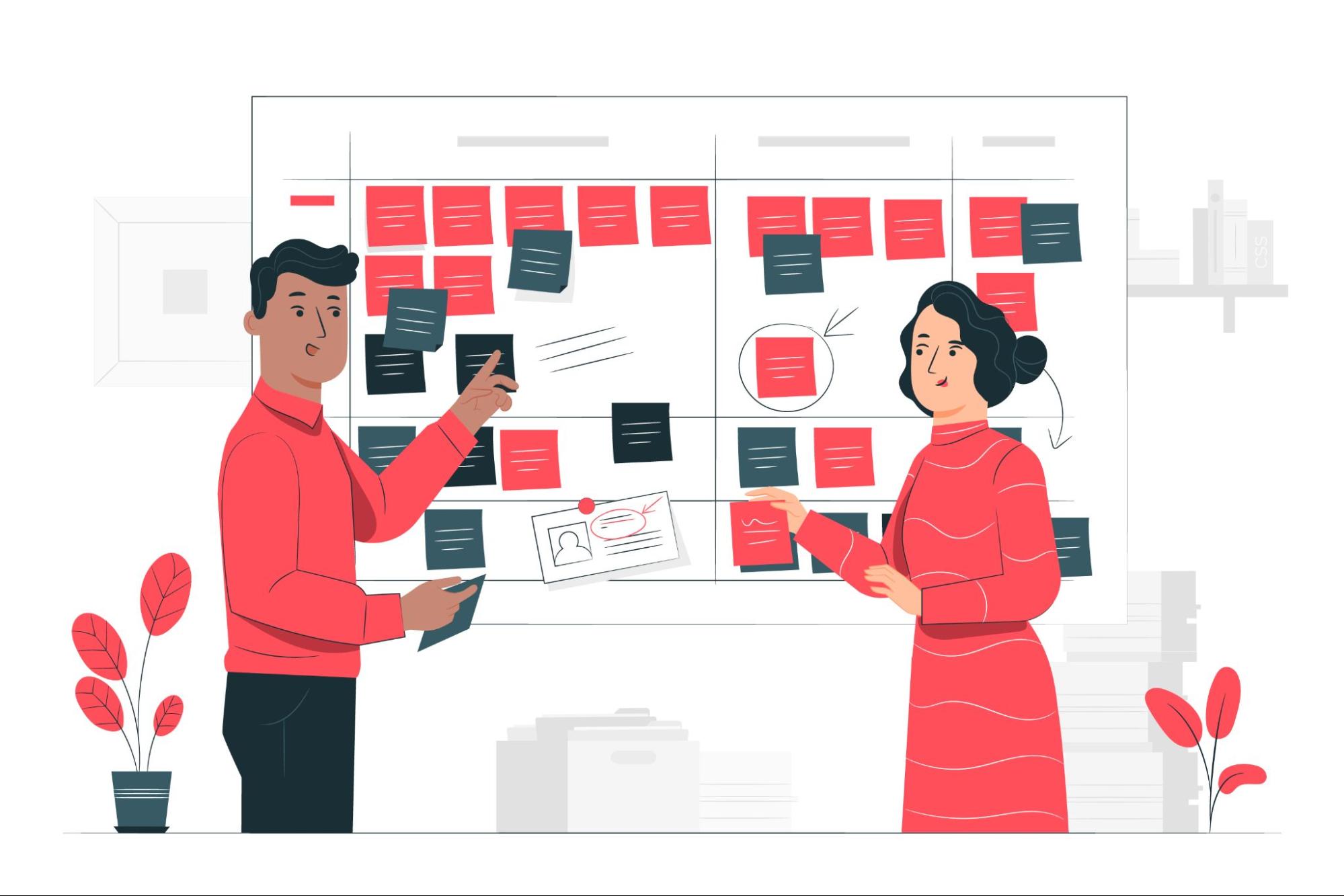

Jira and Confluence are two powerful project planning and project management tools used by organizations of all sizes to manage their projects and tasks. Jira workflows are an essential element of the Jira platform, allowing users to customize their project management plan and optimize it for specific project needs. In this article, we will explore the basics of Jira workflow customization. It also covers the best practices for creating efficient and streamlined workflows.

A Jira workflow is a set of statuses and transitions an issue goes through during its lifecycle. The workflow is designed to help users manage the project process and track progress more easily. It also allows users to customize their project management plan to meet their specific project needs.
Jira workflows are composed of statuses, transitions, and post functions. Statuses represent the different stages of a project or task. Transitions are conditions that determine how an issue moves from one status to another. Post functions are actions triggered when a case reaches a particular status.
With Jira, users can customize their workflows to ensure they are optimized for their specific project needs. They can add, remove, and modify statuses, transitions, and post functions. They can also create different workflows, such as one-way, two-way, and parallel.
In addition to customizing the workflow, users can configure workflow schemes, which are sets of workflows that can be used for different projects. This allows users to create various workflow schemes for other projects, ensuring that each project is managed using the most appropriate workflow.

Creating efficient and streamlined workflows is essential for streamlining the project management process and ensuring successful completion. Here are some best practices for creating efficient and streamlined workflows:

Efficient workflows are the backbone of successful project management, enabling teams to streamline tasks, enhance productivity, and meet project objectives effectively. Implementing the following best practices ensures a simplified, transparent, and streamlined workflow that drives efficiency in project management processes.
In project management, simplicity is key. A straightforward and easy-to-understand workflow design fosters transparency and enhances project comprehension for every team member. Avoiding unnecessary complexities in the workflow structure ensures tasks can progress seamlessly from one stage to the next. By keeping the design clean and uncomplicated, team members can better visualize progress and understand their roles within the workflow.

Clarity in defining workflow states and transitions is essential. Clear and well-defined states (such as "To Do," "In Progress," "Review," "Done," etc.) and smooth transitions between these states are vital to effective task management. When each stage in the workflow is explicitly defined, team members can easily comprehend what is expected at every stage and proceed with their responsibilities efficiently.
While complexity might offer depth, unnecessary workflow complications can have adverse effects. Overly intricate workflows can lead to confusion and hinder efficiency. It's crucial to maintain the delicate balance between comprehensiveness and simplicity in workflow design. Simplifying complex structures without losing essential details or steps is a fine art, but it significantly contributes to better workflow management.
By adhering to these best practices, teams can establish more efficient workflows that are clear, easily understandable, and streamlined for optimal project management.
Optimizing workflows for specific project needs is essential for successful project completion. Here are some tips for optimizing workflows for particular project needs:

Jira workflows are an essential element of the Jira platform, allowing users to customize their project management plan and optimize it for specific project needs. Customizing Jira workflows and following best practices for creating efficient and streamlined workflows can help ensure successful project completion. In addition, taking into account risks and monitoring performance can help optimize workflows for specific project needs. By implementing these tips, organizations can ensure that their Jira workflows are optimized for their project needs.
At Optimizory, we specialize in creating solutions that can help you optimize your Jira workflows for your specific project needs. Our products, such as RMsis and LXP, have been designed to make creating and managing workflows more manageable and efficient. Explore our website to learn more about our products and how they can help your organization create powerful workflows for successful project completion.